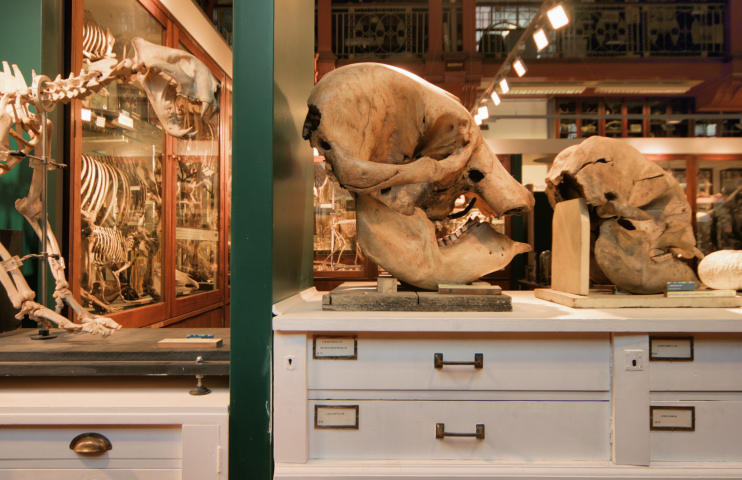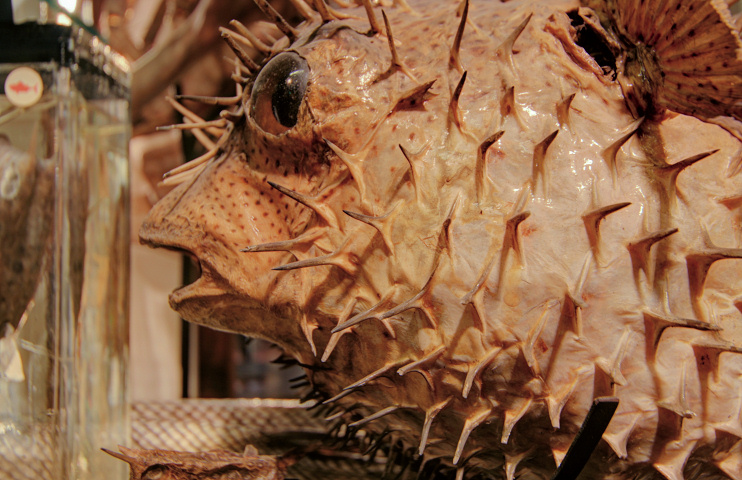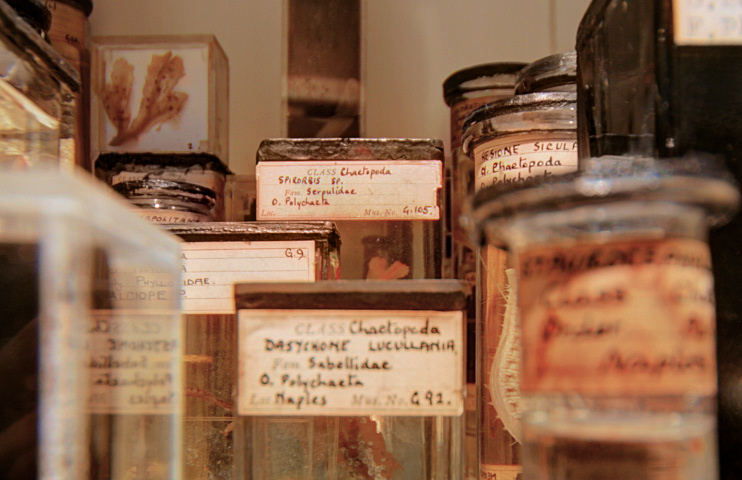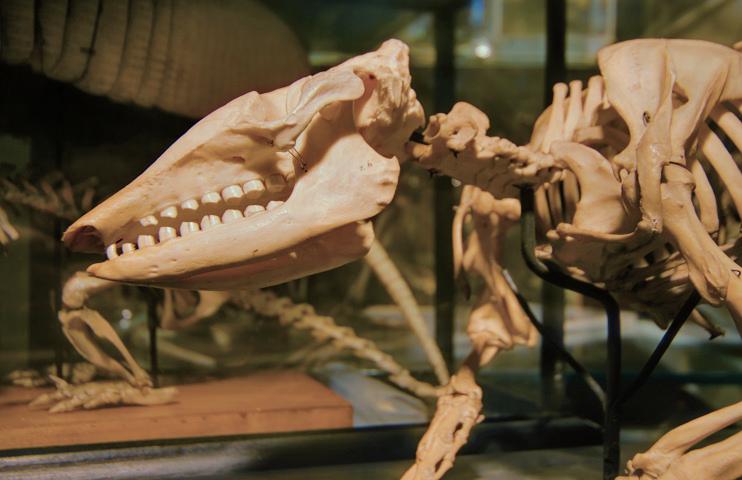Grant Museum
Dodo bones and a jar of moles
Grant Museum of Zoology, off Gower Street, WC1
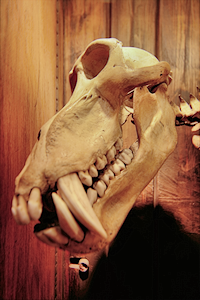
The Grant Museum is one of those idiosyncratic institutions where a shortage of space has compelled its curators to cram the copious exhibits wherever they can possibly be fitted, so that at every turn you’re confronted by a bewildering array of skulls, skeletons and little creatures in preserving jars.
The museum was founded in 1827 by Robert Edmond Grant to serve as a teaching collection at the newly founded University of London (now University College London). Edinburgh-born Grant was the first Professor of Zoology and Comparative Anatomy in England and on his arrival at the university he found no teaching materials with which to conduct his courses. He immediately began to amass specimens, material for dissection, diagrams and lecture notes and these form the basis of the museum today. Grant’s fine collection was augmented by several of his illustrious successors, who added some very rare specimens.
Having survived wartime bombing, ceiling collapses, flooding and threats of closure, the Grant Museum moved in 2011 to the UCL Rockefeller Building, which used to be the University College Hospital medical school.
The museum occupies the school’s former library – and you may recognise it as Gotham City courtroom in Batman Begins, a film directed by former UCL student Christopher Nolan. If you didn’t know, you’d never guess the museum had recently relocated: it feels as though it’s been here its whole life.
The museum possesses around 67,000 specimens and as many of these as possible have been squeezed into and around the dozens of glass cases. The collection embraces the remains of several extinct species, including the skeletons of a quagga (a type of zebra) and a thylacine (also known as the Tasmanian tiger) and the bones of a dodo. Other highlights are the 99-inch wide antlers of a giant elk – acquired when a UCL zoologist saw them mounted on the wall of an Irish pub and offered to buy them – and a collection of glass models of jellyfish, sea anemones, gastropods, sea cucumbers and cephalopods. To the dismay of some of the staff – but the delight of others – the museum’s most popular exhibit is a tightly packed jar full of moles. Ten of the displays have iPads attached, asking visitors to get involved in conversations about the role of science in society and how museums should be run.
Regular public admission is a relatively recent innovation – a consequence of the university’s policy of ‘access, outreach and engagement’ – and the museum continues to be used extensively for its primary purpose as a teaching collection. Temporary exhibitions are organised throughout the year, often accompanied by workshops, lectures and discussions. Admission is free but there are various ways you can support the museum if you’re so inclined, such as becoming a ‘friend’ or adopting a specimen.


